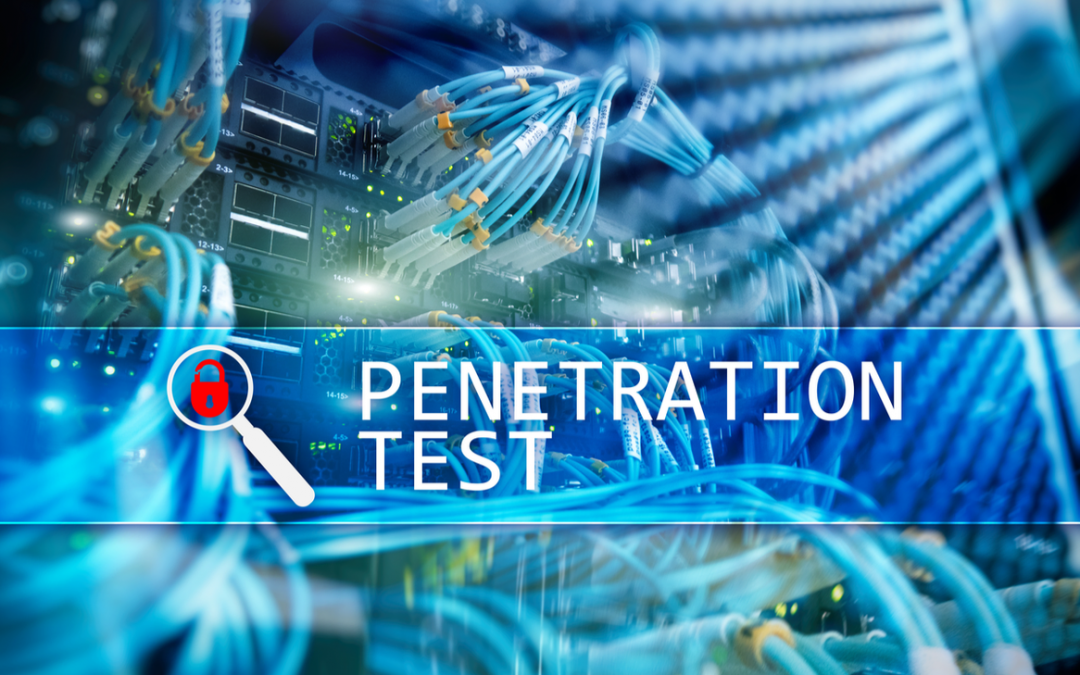There’s a big difference between thinking and knowing your business’s IT infrastructure is secure. In fact, if you just think it’s secure, you could already have been breached. That’s because the mean time to identify and contain a data breach is 279 days according to the 2019 IBM Cost of a Data Breach Study.
While a complete penetration test will enable you to know rather than think you’re secure, not every pen test or the firm providing it is created equal. But making this crucial decision in an age of evolving cybersecurity threats requires first understanding a pen test and how it works. That way, it becomes the basis for constantly improving your IT infrastructure and its security.
What is Penetration Testing?
Pen testing is where outside IT and security experts look for vulnerabilities at every level of an IT environment. The evaluation process relies on ethical hackers emulating unannounced real-world attacks on a company’s IT infrastructure to expose vulnerabilities that need addressing.
Besides exposing system vulnerabilities, pen testing also gauges defense system effectiveness and evaluates whether end users are following proper security protocols.
The multilayered pen test process digs deep into every part of the IT infrastructure to uncover every threat ingress or egress point in each part of the system before moving on to other adjacent parts of the infrastructure. Thorough penetration testing takes time and includes the following areas at a minimum:
- Network Hardware, Routers, Switches, security devices, and endpoints
- Unencrypted network traffic
- Internal and external servers
- Web Services
- Mobile applications/devices
- Desktop systems
Since employees are often the weakest link in network security, pen testing should involve looking for vulnerabilities in end-user behavior of applications, email, and other end-user access points.
There are a wide variety of manual and automated tests performed across different parts of the IT infrastructure. IT security experts use varied tools to systematically “attack” or compromise potential exposure points to uncover each vulnerability.
Once a problem point is discovered and identified, the information is given to IT and network system managers in a final report. The best managed IT and security services providers will help develop a strategy for resolution of challenges to improve the IT infrastructure on more than a security level.
How Pen Tests Improve Your IT Infrastructure
For most business owners, the concept of an IT infrastructure vulnerability is an abstract concept. While you may just want them found and removed, it presents a crucial opportunity to improve your IT infrastructure. That’s because your IT systems evolve and grow over time as your needs change. New hardware and software integrates with older existing technologies as modifications are constantly being made to enable different processes and ways of working.
Every day of every week, your workforce focuses on customer and client need fulfillment. They do this by following various processes as quickly as possible using the IT infrastructure in a direct or transparent way. Your IT team focuses on making sure the infrastructure works efficiently, and new technology is integrated to accomplish those ends. This all leads to changes in the way the technology works together and how people use it.
Internal IT for SMBs can be highly skilled, but they are often generalist with a solid knowledge of many types of technologies and systems. When things need to change or things go wrong, their job is to make sure the new technology works, and problems are fixed. While they often have a solid understanding of how to avoid creating major security vulnerabilities in these tasks, they may miss subtle vulnerabilities that can evolve as systems change.
The same is true for the workforce that often uses workarounds when something doesn’t work right rather than telling IT to fix it. They may get training for new technology and processes, but not everyone will follow proper training, which can also lead to vulnerabilities.
Penetration testing by outside managed security services experts finds those problems and help your workforce and internal IT mitigate the problem in the best way possible. This means it improves system configurations to eliminate vulnerabilities while improving the functionality of the system in time- and money-saving ways. The process can also reveal opportunities for hardware and software upgrades that will improve IT infrastructure security and functionality as it saves process time and money.
Pen testing gives internal IT access to a growing knowledge base about the inner workings of system they likely inherited from someone else. This enables them to develop a clear plan on how to improve:
- Identification, prevention and management of security vulnerabilities
- System and technology operational efficiency
- Monitoring and management
- Operational and system downtime
- Use of security resources
- Regulatory compliance
The business now has a better road map for security and IT strategy based on future growth and needs. This enables implementation of new technology in ways that optimize business operations while avoiding hidden security vulnerabilities upon rollout.
Penetration Testing as Part of Ongoing Security Strategies
Pen testing is not unlike physical checkups in that they need to happen annually at a minimum and every six months in response to any changes. The goal is to make it a proactive process that reveals any new vulnerabilities while also responding to a constantly changing cybersecurity threat landscape. This means testing when the following occurs:
- Addition of new network infrastructure or applications
- Upgrades or modification implementations
- New locations or networks are established
- Security patches are applied
- End-user policy modifications
In the age of the cloud, Big Data, IoT, and overall digital transformation, your business needs the right IT service provider partner specializing in managed security services. This gives your business and internal IT team a partner to help support secure business growth.
The idea is to make penetration testing services part of a holistic approach to IT that includes technology planning and implementation, continuous monitoring, and more. Having this type of outside expert partner brings a fresh perspective to how your people, processes, and technology are working together. They can then take the lead in guiding your business’s IT strategy or support your internal IT in pursuing a digital business future that is operationally efficient, innovative, cost-effective, and secure.





